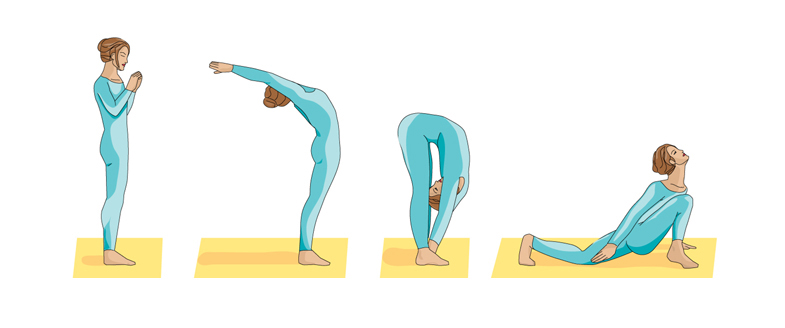There is a great deal to be gained by care in the selection of foods. We have all something to learn about their market and nutritive value. One loaf of bread, one pound of beef, one slice of cheese, differs from another. No housekeeper should accept the word of a shopkeeper's assistant, who considers it his duty to sell, and to this end to praise, as he recommends the goods that he offers. As a rule a shopman knows nothing about food how it is made, or prepared, of what it is made, or where it is made
The housekeeper can learn a great deal about food if she is willing, but she, too, often declines to be told. The well-being of a normal house depends largely upon the housekeeper and the cook, for if food is well bought it is better and cheaper than when it is left to the tradesman to send what he likes, or when the buyer knows nothing about it.
Bread should be made in the home. There is no bread made by the average baker which can approach a well-made home loaf, either in quality or cost. Thus money is saved, while the food, which is enjoyed more by the consumer, is also more serviceable. The best white bread is not the whitest, but that made from slightly tinted flour, which is richer in gluten, whether it is called household, bakers, or seconds. As gluten is a builder of muscle it is important that bread should be rich in this substance, which it is not when it is made of very white flour. If brown bread is made at home it should be the produce of whole- meal, and this should be guaranteed by the sales- man, for brown flour is usually a blend and not wholemeal at all. White flour may be enriched in the muscle -building substance by the employment of separated milk.
Probably no food is purchased with so little care as Milk. Although the public are carefully pro- tected against adulteration, milk is still poor in quality. Commercial milk, too, is artificially coloured that it may resemble rich milk. There are no simple means of testing milk either for its purity or quality, and the buyer is, therefore, at the mercy of the seller, for which reason he should deal only with tradesmen of reputation. There is, however, one thing a buyer can do ” he can test the quantity he buys. The milk deliverer can, and often does, by consistently giving short measure to his customers, make something for himself at their expense, and as there are usually two deliveries daily, or thirteen in the week, it follows that in the course of a year the loss may be appalling.
The finest type of Butter seldom finds its way on to the market ; the average consumer must, therefore, be content with Danish, Irish, Colonial, French, Russian, Argentine, or British factory brands. The best plan in dealing with a reliable tradesman is at all times to order the same brand, and that, a brand which will keep in summer as well as in winter. It should always be tasted and re- turned if it is imperfect in flavour. Butter which is heavily salted, or in which the water can be seen in droplets, should only be accepted, if accepted at all, at a lower price. Butter should be kept in a cold store in the dark.


